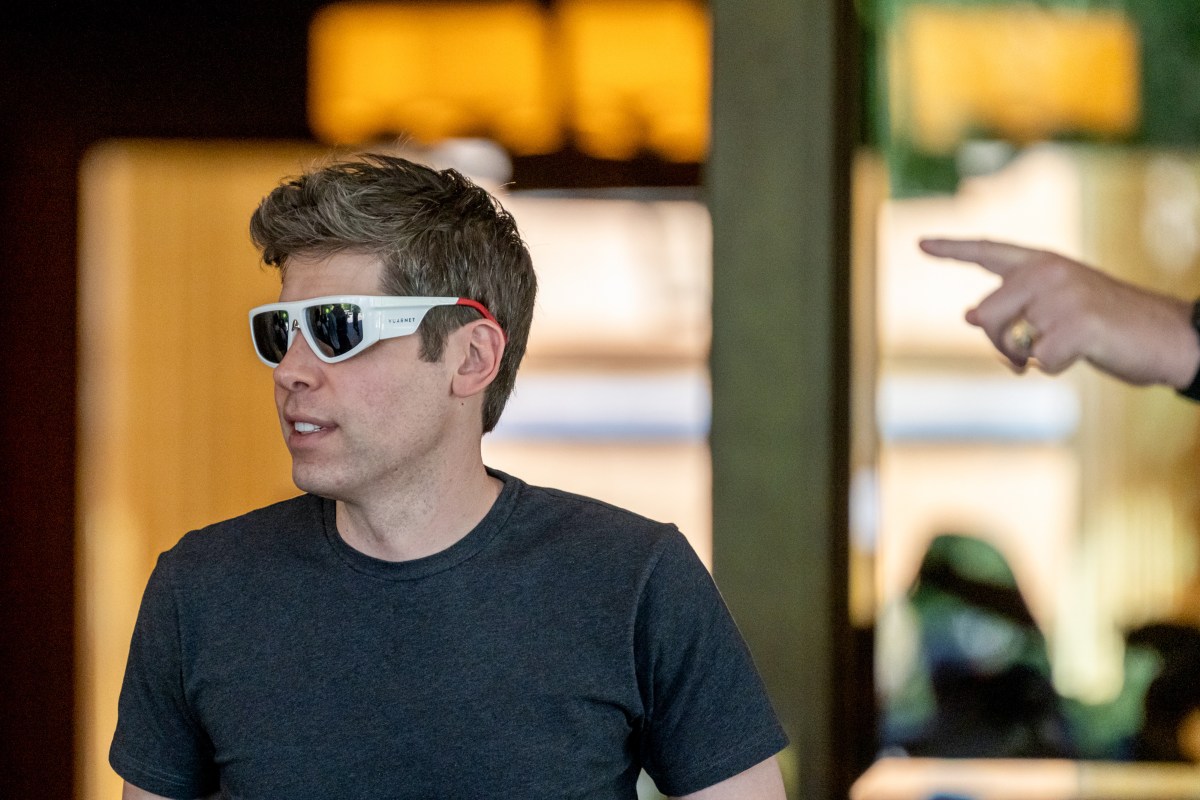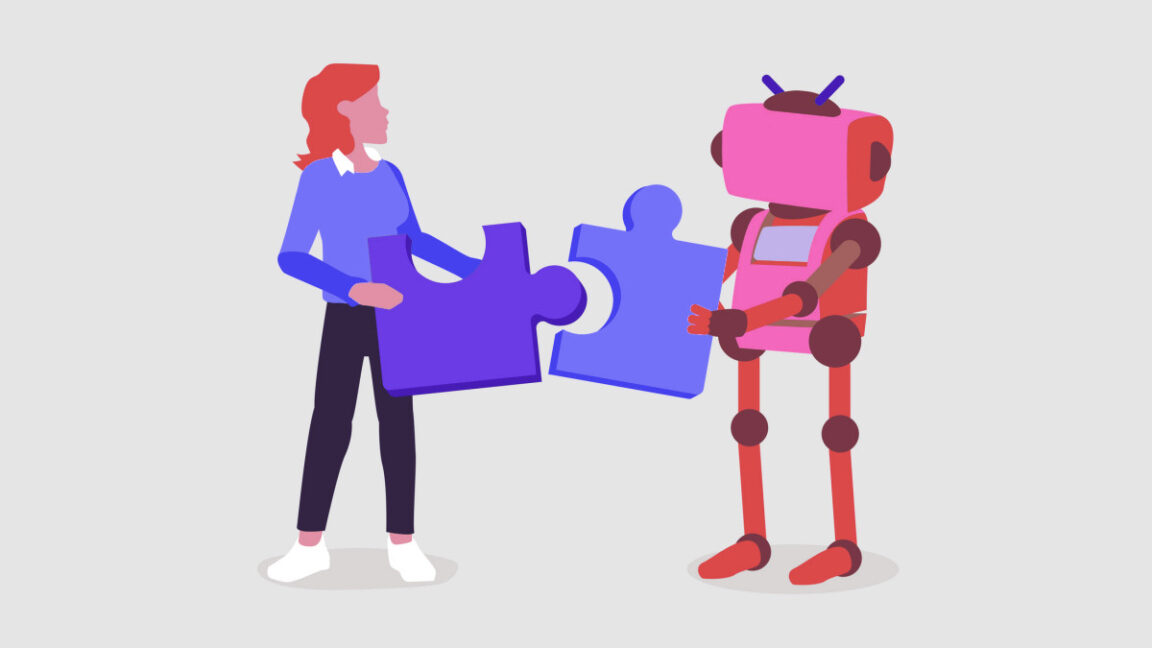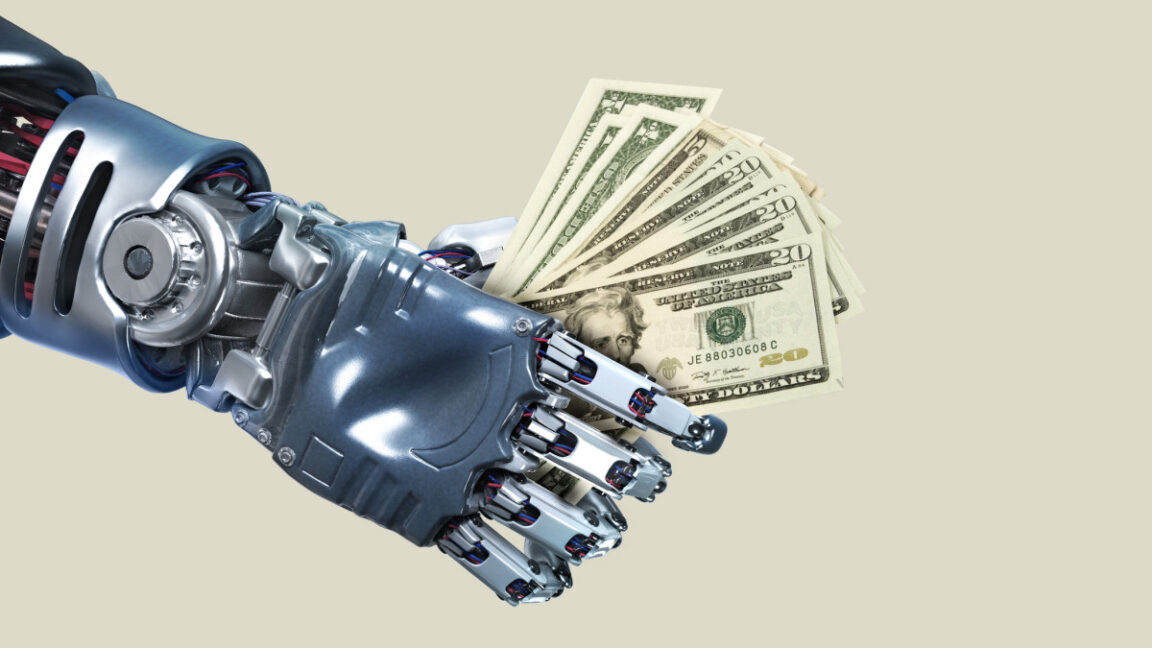Over dinner, Sam Altman sketches OpenAI’s life after GPT‑5

I was seated in a waterfront dining room in San Francisco when OpenAI’s chief executive breezed in, holding up a naked iPhone like a prop. The point landed: form matters. It also foreshadowed a broader message — OpenAI’s next act won’t be just about another model number.
Between bread baskets and small talk, the conversation shifted to a forthcoming AI device designed in collaboration with a famed hardware icon. The executive joked that covering it with a case would be sacrilege — a playful hint at how seriously the company takes the physical expression of its software ambitions.
The gathering, a rare on-the-record dinner with a handful of tech reporters, arrived only days after the rollout of GPT‑5. That release, years in the making, landed with a thud for some: instead of the leap seen with GPT‑4, the new model performs roughly on par with leading rivals. In response to user feedback about tone and routing, the company restored GPT‑4o and brought back ChatGPT’s model picker, giving people more control while it tunes the defaults.
Yet the evening wasn’t a postmortem. It was a pitch for what comes next. Executives emphasized that while model milestones still matter, OpenAI is now fixated on end‑to‑end consumer and enterprise experiences — from search and browsing to hardware and productivity software — where models are necessary but not sufficient.
Applications beyond ChatGPT
OpenAI’s incoming head of applications, Fidji Simo, is set to oversee multiple consumer products in addition to ChatGPT. Among the most anticipated: an AI‑native browser reportedly in development to challenge entrenched players. The company even floated a thought experiment: if a certain dominant browser were truly up for sale, it would at least examine the opportunity.
Executives also signaled interest in an AI‑forward social experience. As it stands, the use of AI inside social platforms feels uninspired to them; the question on the table is whether a qualitatively different, more engaging social product can be built around AI from first principles.
From brain chips to beautiful devices
On the frontier side, the company confirmed its intent to back a brain‑computer interface effort, with investment discussions underway with a startup aiming to compete in that space. Any eventual integration with OpenAI’s models or devices remains undecided; for now, it’s simply an investment in a promising capability area.
Hardware is equally central. The forthcoming AI device — developed with a world‑renowned product designer — underscores OpenAI’s belief that the next wave of AI will feel as much as it computes. The device aims to make the assistant more present, useful and, yes, beautiful.
Lessons from GPT‑5’s rollout
Back to GPT‑5: leaders at the table were candid that deprecating GPT‑4o without clearer advance notice was a misstep. Going forward, they pledged defined transition periods whenever default models change, so researchers, developers and everyday users can plan and adapt.
Another theme was tone. Early feedback suggested that GPT‑5’s default responses could feel too terse. Updates are rolling out to make replies warmer and more supportive without sliding into flattery or encouraging negative behaviors. It’s a careful calibration: some users prefer a robotic brevity, others appreciate check‑ins and empathetic phrasing. The goal is to meet people where they are while avoiding unhealthy dependencies.
To that end, the team worked with mental‑health experts on an evaluation rubric so the assistant can recognize and push back on unhealthy usage patterns. Internally, they estimate that fewer than one percent of users form problematic relationships with the chatbot — a small share that still translates to a very large number at OpenAI’s scale.
Demand surges, ambitions widen
If the reception felt muted, demand certainly didn’t. Within 48 hours of launch, API traffic reportedly doubled, straining available GPU capacity. Popular coding companions, including Cursor, switched to GPT‑5 by default, and enterprise interest accelerated.
The paradox — a “disappointing” debut paired with record usage — captures OpenAI’s liminal moment. The company is racing ahead on sprawling bets that extend well beyond a single conversational interface: data centers and custom compute, robotics experiments, energy projects, new consumer apps and a hardware ecosystem. Picture something like a post‑search Alphabet, but centered on AI assistants that pervade work and life.
The road to independence
Given the capital intensity of these plans, an eventual public listing feels increasingly likely. In the meantime, the company appears intent on refining its relationship with the press and the public — not to rehash model scorecards, but to reframe what OpenAI is building and how it will get there.
By the end of dinner, the subtext was plain: GPT‑5 is a step, not the destination. The company wants to be known less for a single model and more for a connected stack — apps, agents, devices and infrastructure — that turns AI into everyday utility.
SEO signals: OpenAI AI browser; ChatGPT model picker; GPT‑4o restoration; GPT‑5 tone update; Sam Altman device with Jony Ive; Fidji Simo joins OpenAI; brain‑computer interface investment; Merge Labs; API usage surge; GPU demand.



